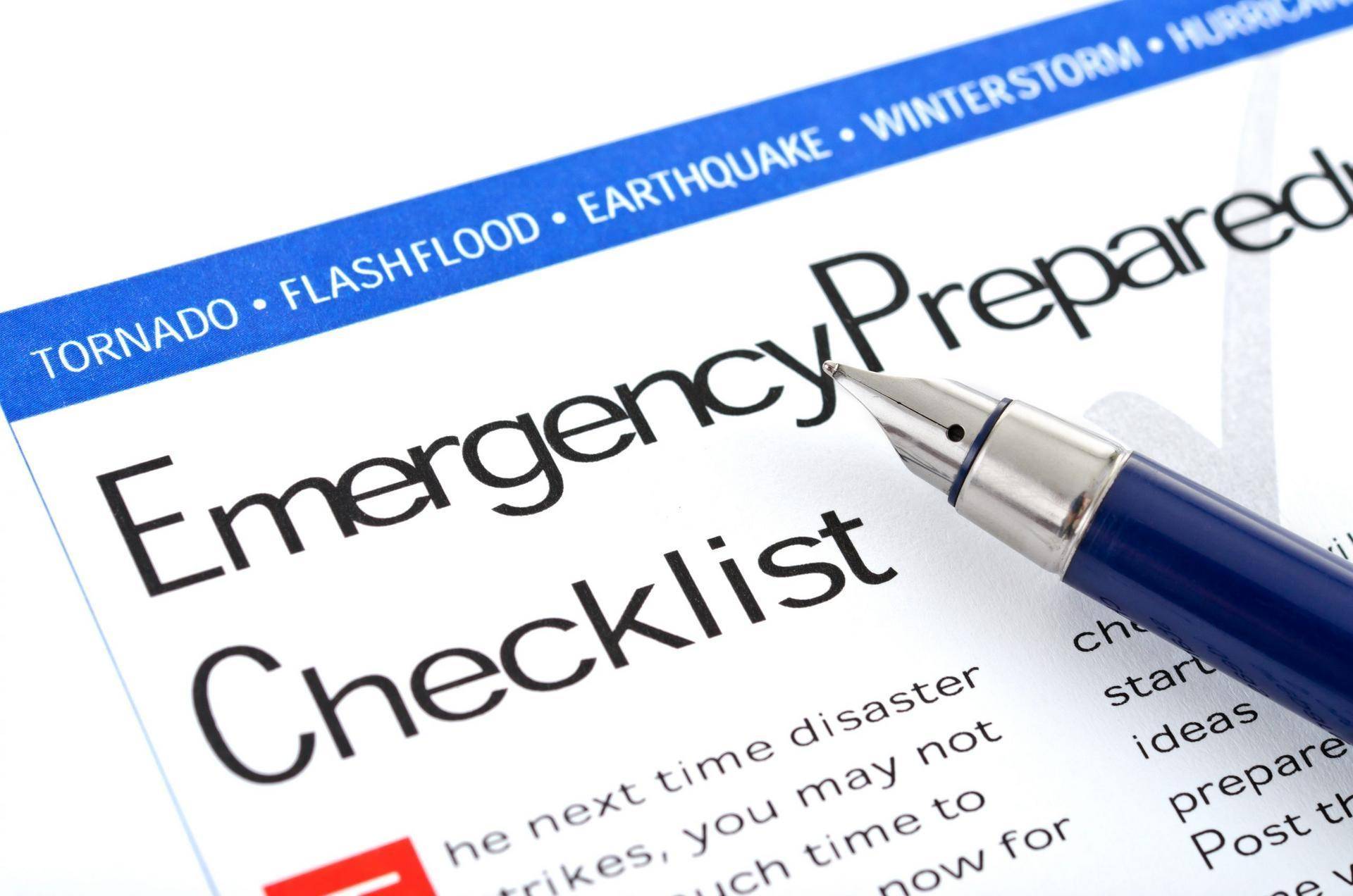By Kathleen Riggs
National Preparedness Month is held each September to raise awareness about preparing for disasters and emergencies. The 2021 theme is “Prepare to Protect: Preparing for disasters is protecting everyone you love.”
According to the Federal Emergency Management Agency (FEMA), “What people do before a disaster can make a dramatic difference in their ability to cope with and recover from it…”
It may not be possible to completely avoid damage from unpredictable natural disasters caused by wind, water, wildfire, earthquakes or drought. However, being aware of the most probable natural disasters in your area and taking steps now to prepare for them will have huge benefits should a disaster occur.
The website https://ready.gov/plan provides information for making an emergency preparedness plan. Consider these four steps.
Step 1: Put a plan together. Discuss the following questions with your household members, extended family and friends.
* How will I receive emergency alerts and warnings?
* What is my shelter plan?
* What is my evacuation plan?
* What is my family/household communication plan?
* Do I need to update my emergency preparedness kit?
Step 2. Consider the specific needs of your household. Tailor your plan to include supplies for day-to-day living needs for each family member. Having necessary supplies on hand can help family members feel calm, even in the midst of chaos. Factors to consider when developing a personalized plan:
* Age of each household member.
* Dietary needs.
* Medical needs, including prescriptions and equipment.
* Pet food and supplies.
* Cultural and religious considerations.
* Supplies to assist others.
* Coronavirus supplies such as masks and disinfectants.
Step 3: Fill out a family emergency plan. Whether completing the document provided by ready.gov or creating your own, the main purpose is to provide answers to the overarching question, “What if…?”
What happens in the event of an emergency if you’re not with your family? Will you know how to reach them if cell service is down? How will you know they are okay? How will they know you are okay?
Step 4: Practice your plan with your family/household. Ideally, your preparedness plan will become second nature after practice and discussion. It can also be written and placed in a central location where it can easily be reviewed.
Now is a great time to make your preparedness plan. To receive tips and information, visit preparedness.usu.edu and click the yellow bar.

